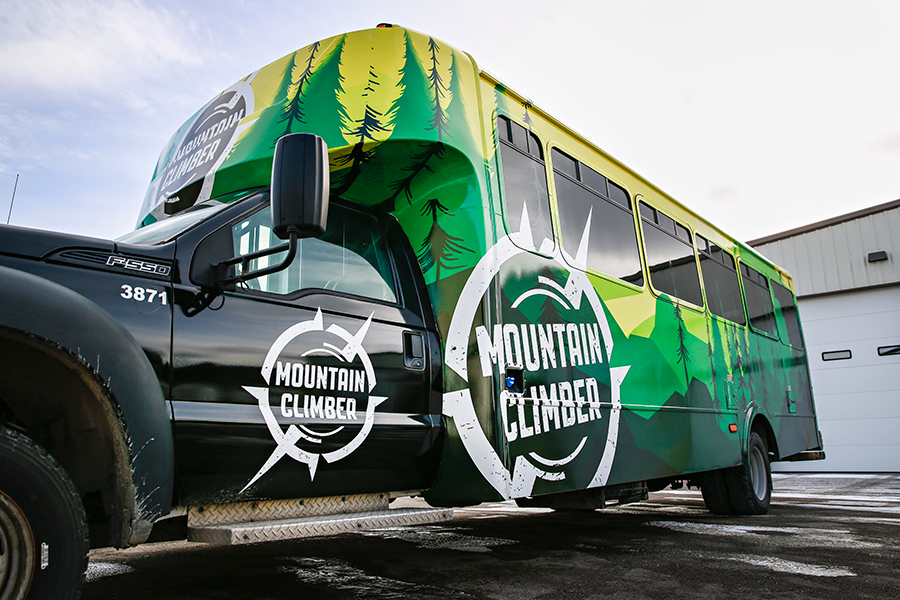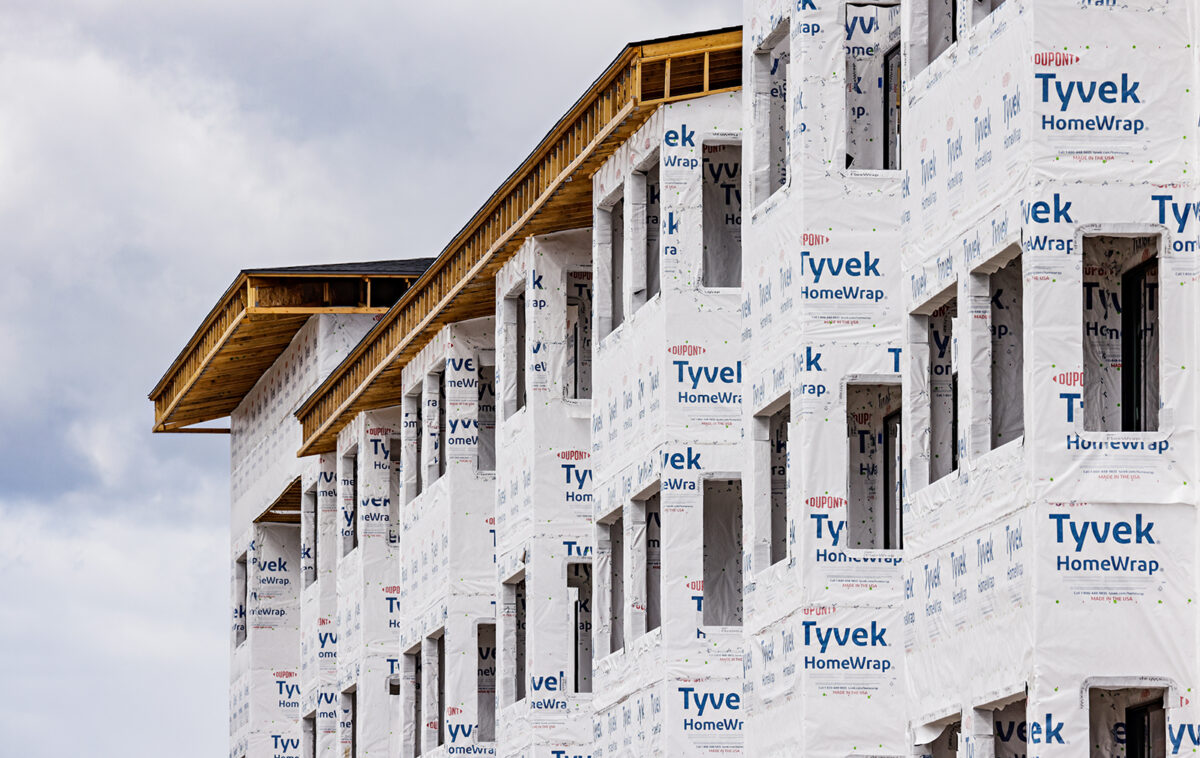City Officials Report Slower Development and Tourism Demand at Growth Summit
Municipal staff in Kalispell, Whitefish and Columbia Falls say housing supply and transportation remain significant hurdles in the Flathead Valley, even as growth slows
By Maggie Dresser
As growth in the Flathead Valley continues to slow following the pandemic-fueled spike in 2021, development and tourism demand is leveling off, city officials in Kalispell, Whitefish and Columbia Falls said at the Kalispell Chamber of Commerce Growth Summit.
City managers and planners from each municipality said the number of building permits issued has dropped off significantly since peaking three years ago even as housing and transportation remain their top priorities.
In Kalispell, Development Services Director Jarod Nygren says more than 1,000 new housing units have come online in the last few years and multifamily development interest has started to taper off while single-family permits are seeing a resurgence. Sewer and water infrastructure also continues to grow with the new developments, including projects like the West Side Interceptor and the new water tower being built on U.S. Highway 93 North.
“Our growth is actually – despite the big boom here in the last couple years – right in line with our facility plans, which had projected about 2.5% growth annually,” Nygren said.
Whitefish, too, is seeing a slowdown in building permits as high interest rates persist, creating barriers to new development. City Manager Dana Smith said she expects this trend to continue over the next few years as building scales back.
Tourism is also slowing in Whitefish compared to the peak in 2021, which Smith said is reflective in resort tax revenue as well as anecdotally.
Meanwhile, in Columbia Falls, City Manager Susan Nicosia said growth has dropped off significantly since the pandemic peak, with only two single-family residential permits issued in the last fiscal year, one of which was to rebuild a home that had burned down.
“Growth is much slower than we thought. We had planned on a 2.5% rate of increase,” Nicosia said. “The last census was about 1.3% – so our water and sewer infrastructure and transportation plans very much are compatible with the growth because of the significant slowdown.”
While housing development is a top priority for municipalities, city officials are trying to work with Flathead County to build upon the current public transportation with the Mountain Climber commuter bus. The bus currently does not offer transportation between Kalispell, Whitefish and Columbia Falls, a service that officials say is needed.

“If we can get the commutes between all the cities and get those cars off the road – that’s going to help with traffic and other congestion that we see and it will help with the airport so visitors can get to their destination instead of having to add another car to the road,” Smith said.
“Transportation is where it kind of falls apart on a regional level between the cities and the county – especially given the makeup of how the population is,” Nygren added.
City officials emphasized the importance of working with county personnel, who were absent from the panel, to address transportation and housing challenges since the county’s population outsizes the municipal population, which makes up one-third Flathead County.
Nygren said the high volume of individual septic tanks adds challenges to the Flathead Valley – making it harder to address contaminants.
“The septic sprawl is probably one of the biggest concerns for the valley as well when you look at being at the headwaters of Flathead Lake,” Nygren said.
Municipalities also expressed frustration surrounding Senate Bill 382, a housing reform bill that was passed during the 2023 Legislative Session that is currently being litigated in court.
Under the Montana Land Use Planning Act, local government must emphasize public participation and comment during the creation or updating of its growth policy and once it’s adopted, review of site-specific developments occurs at the city staff level.
“That’s what we’re actually doing our growth policy update under at this point because it’s still considered to be in place and, through Senate Bill 382, it changes the way that growth policies are done in that the public participation on projects is done at the growth policy stage and not the actual applicant and approval stage,” Smith said.
City staff says they are frustrated with the bill because it removes local control from the public process and the legislation creates challenges for each city, which have unique needs.
“A top-down approach doesn’t work,” Smith said.
